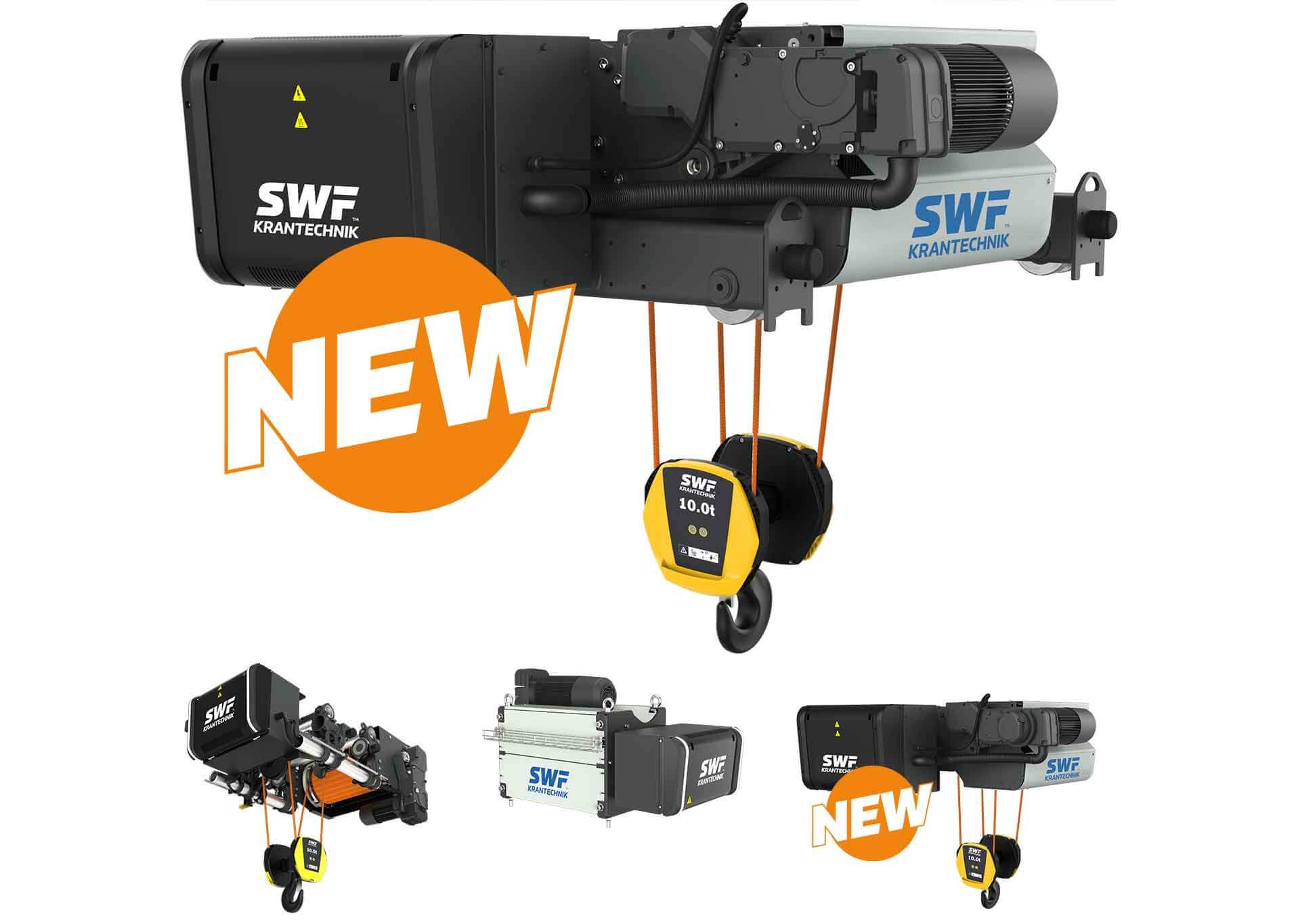Introduction:
Welcome to our in-depth exploration of single and double girder overhead cranes. In the industrial world, selecting the right crane is not just a matter of preference, but a critical decision impacting efficiency, safety, and cost. Understanding the differences between these two types of cranes is essential for any business looking to make an informed investment.
Understanding Overhead Cranes:
An overhead crane is a complex machinery used for lifting and moving heavy loads within a fixed area, such as a manufacturing facility or a warehouse. Key components include the bridge (which traverses the workspace), the hoist (which lifts the load), and the trolley (which moves the load along the bridge).
Single Girder Overhead Cranes:
Design Features: Single girder cranes feature one main beam and a trolley hoist that runs along the bottom flange of the beam. They are generally lighter and less complex in design.
Pros:
- Cost-effective and easier to install.
- Suitable for light to medium-duty tasks.
- Ideal for facilities with limited headroom and lighter loads.
Cons:
- Lower lifting capacity, typically up to 15-20 tons.
- Limited in terms of hook height and span.
Double Girder Overhead Cranes:
Design Features: Double girder cranes consist of two main beams with the trolley hoist traveling on rails mounted on top of the beams. They are robust and designed for heavy-duty applications.
Pros:
- Higher lifting capacity, suitable for loads exceeding 20 tons.
- Greater hook height and span capabilities.
- Enhanced stability, ideal for heavy and bulky loads.
Cons:
- Higher initial investment and installation complexity.
- Requires more headroom in the facility.
Key Factors to Consider:
Lifting Capacity: Single girders are apt for lighter loads, while double girders excel in handling heavier weights.
Span and Lifting Height: Single girder cranes are optimal for shorter spans and lower lifting heights, whereas double girders can accommodate larger spans and greater lifting heights.
Working Environment: The choice should align with the operational demands of your workspace, considering factors like ceiling height and floor space.
Cost Implications:
Initial Investment: Single girder cranes are more budget-friendly initially, but double girder cranes offer better long-term value for more demanding operations.
Maintenance Costs: Both types require regular maintenance, but the complexity of double girder cranes might lead to slightly higher long-term costs.
Safety and Compliance:
Both crane types are designed with safety as a priority, equipped with features like overload protection and emergency stops. They adhere to rigorous industry standards, ensuring operational safety and compliance.
Case Studies / Real-World Applications:
From automotive assembly lines using single girder cranes for their compact spaces to heavy manufacturing plants relying on double girder cranes for their robust lifting capacity, these cranes have proven their worth across diverse industries.
Conclusion:
Choosing between a single and a double girder crane ultimately depends on your specific operational needs, budget, and space constraints. By understanding the nuances of each, you can make a choice that not only elevates your operational efficiency but also aligns with your strategic objectives.
For further guidance or to discuss your overhead crane requirements, don’t hesitate to contact our team of experts at Granada Cranes. We’re here to provide tailored solutions that meet your specific lifting needs. Explore more on our website or reach out to us directly for personalized assistance.




